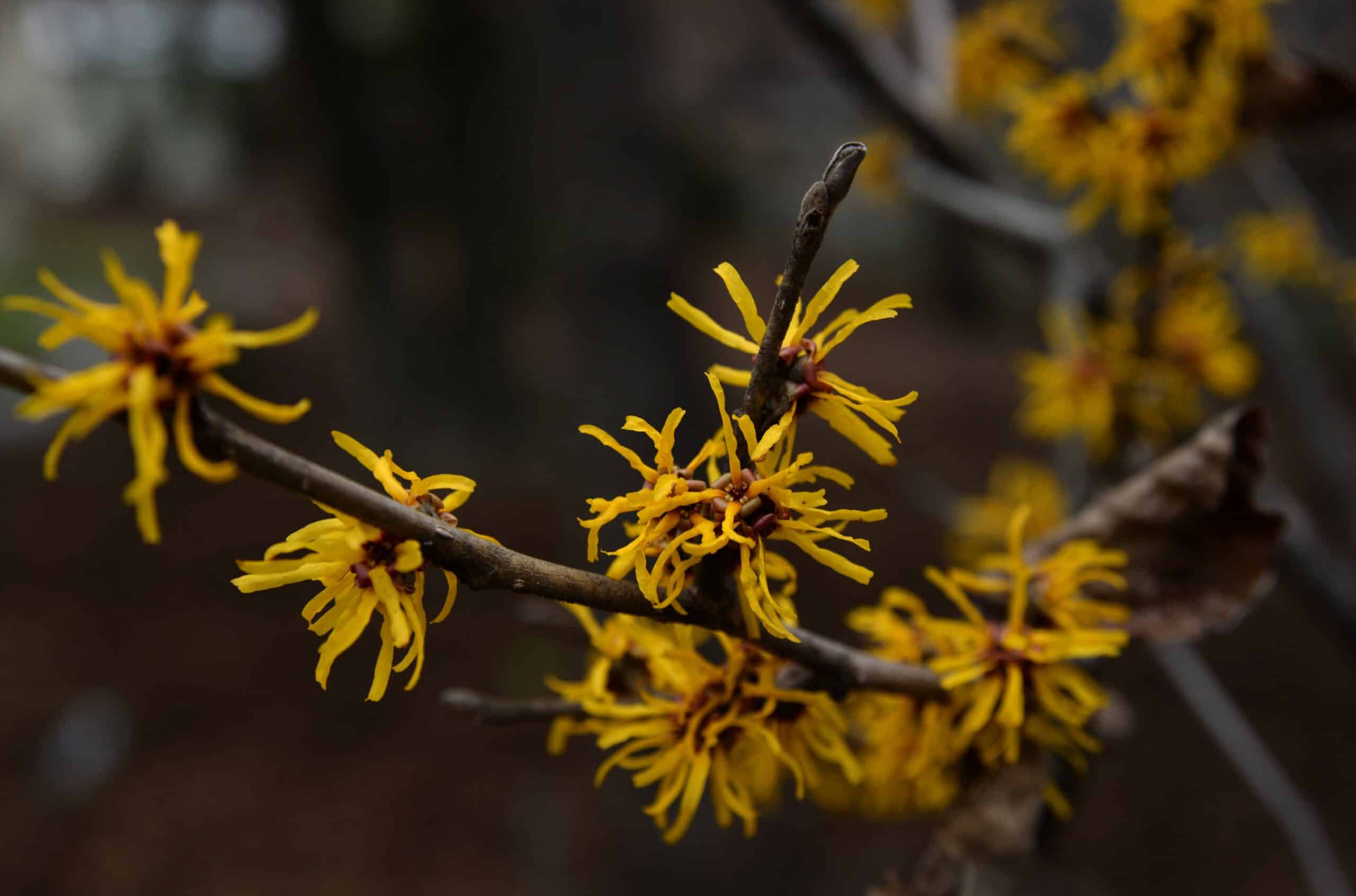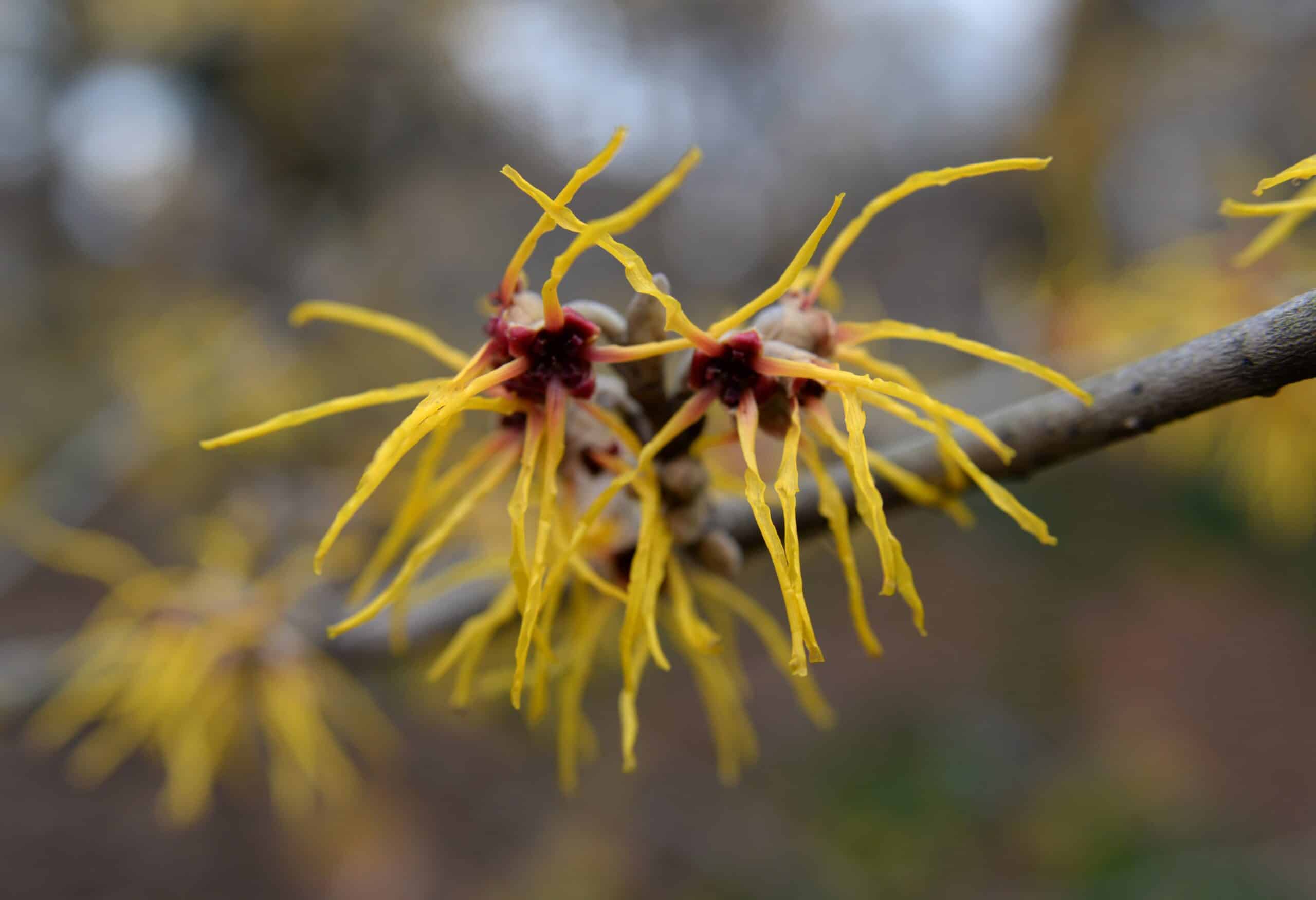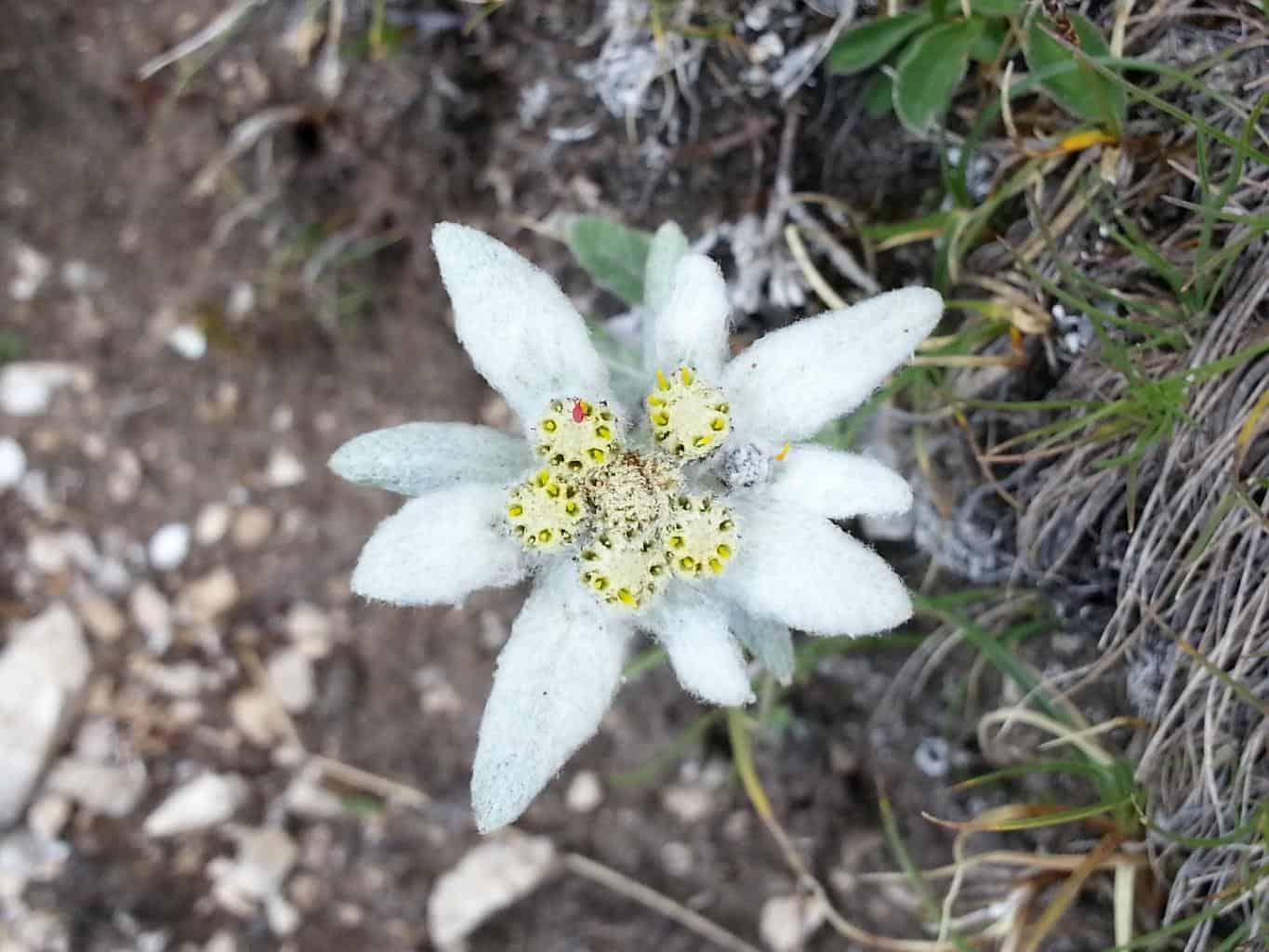Are you looking for ways to grow and care for witch hazel? If yes, you should read this article because it contains some useful information.
Witch hazel is a shrub or small plant native to North America. The plant has long been used to treat burns, cuts, scrapes, rashes, and other skin conditions. Additionally, it also helps prevent infections from occurring.
The plant’s name refers to its flexibility, not to witchcraft. It comes from the Middle English words wych or wich, meaning “pliant or flexible,” which refers to its very flexible branches. Witch hazel is an evergreen shrub with a picturesque natural irregular branching habit that naturally grow along woodland edges. The large round, dark green leaves often hang onto the winter branches.

How to Grow and Care for Witch Hazel
Witch hazel is a deciduous tree native to North America. It has been used medicinally throughout history, and it continues to be used today. There are over 100 species of witch hazel trees, some of which are rare. Some of them even grow wild. You can use witch hazel leaves to make tea, tinctures, salves, and lotions.
You can plant witch hazel shrubs directly into the ground, but you should give them plenty of room. Make sure that the roots don’t touch anything else. Also, keep the soil moist during the growing season. After about three years, you can prune off most of the branches. When you do, cut the stems close to the trunk. Do not cut too far down because you want to maintain the shrub’s shape.

Witch Hazel Care
Witch hazel grows quickly and produces flowers and berries in early spring. You can use witch hazel leaves and bark for many things, including making soap, cleaning brushes, and even making tea.
You can plant witch hazel in full sun or part shade. It might take longer to flower if you live in a cold climate. To encourage flowering, keep your plants watered well throughout the summer months.
In addition to being used medicinally, witch hazel can be grown as a houseplant. It’s been called the “poor man’s indoor ficus.”
- Light
Witch hazel prefers full sun, but it can tolerate filtered shade. It grows up to 25 feet tall.
- Soil
Witch hazel likes rich, loamy soil that drains well. It also needs good air circulation.
- Water
Witch hazel requires regular watering. At least 1 inch of water is required each week during the growing season.
- Temperature and Humidity
Witch hazel thrives in temperatures between 50° F and 90° F. It’s happiest when the temperature stays around 70° F. The humidity should stay below 75 percent.
- Fertilizer
Witch hazel doesn’t need fertilizer. However, if you’re growing it indoors, you may want to feed it once a month.

Pruning
Prune witch hazel after it has bloomed. Remove any dead or damaged branches. Pruning will help prevent disease and pests.
Propagation
To propagate witch hazel, remove the seed pods and sow them outdoors in late fall or early winter. Cover the seeds lightly with fine sand and keep them moist until germination occurs.
Potting and Repotting Witch Hazel
You’ll probably get a small container when buying a witch hazel plant. This means that you’ll need to repot it soon after planting. As long as the roots are healthy, you can remove and fill the old pot with fresh potting mix. Be careful to handle the root ball. Water thoroughly before replanting.
If your witch hazel looks tired, you can prune it back by cutting off all the new growth. This energizes the plant to produce more blooms and fruit.
Repotting is necessary if your witch hazel starts looking leggy. Dig up the plant and repot it in a larger pot. Ensure the pot has drainage holes so excess moisture won’t cause problems.
Pests and Diseases
Witch hazel isn’t prone to pests or diseases. However, if you see signs of aphids on your plants, spray them with insecticidal soap. Aphids like to congregate under the leaves.
What we love from Amazon this week
Buy these wonderful flowers directly from Amazon:














